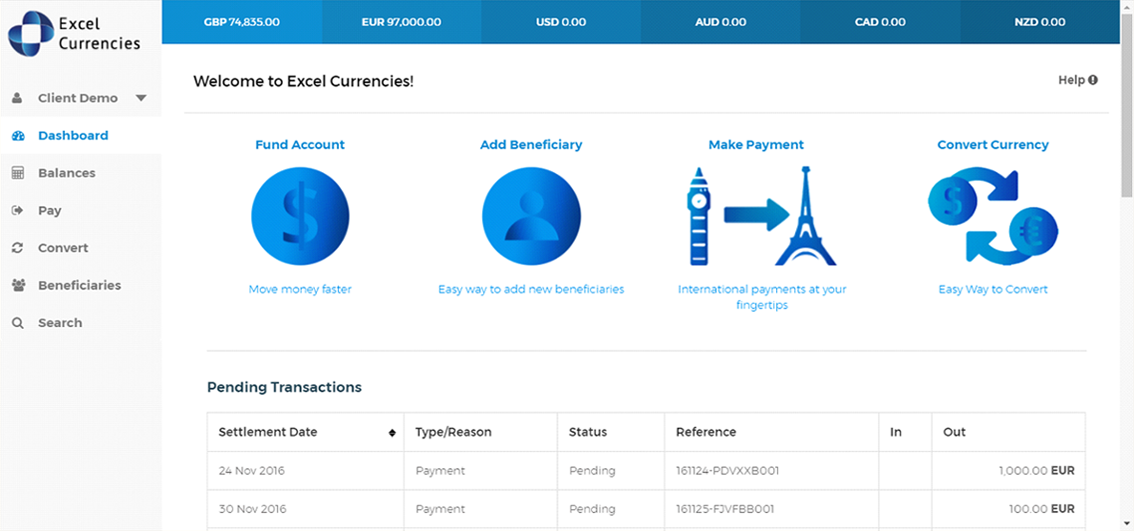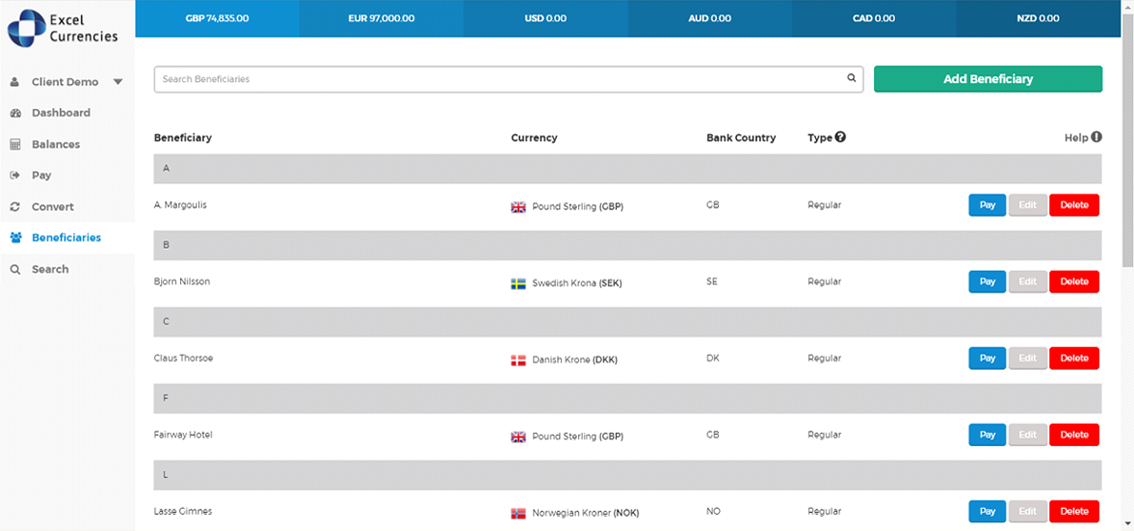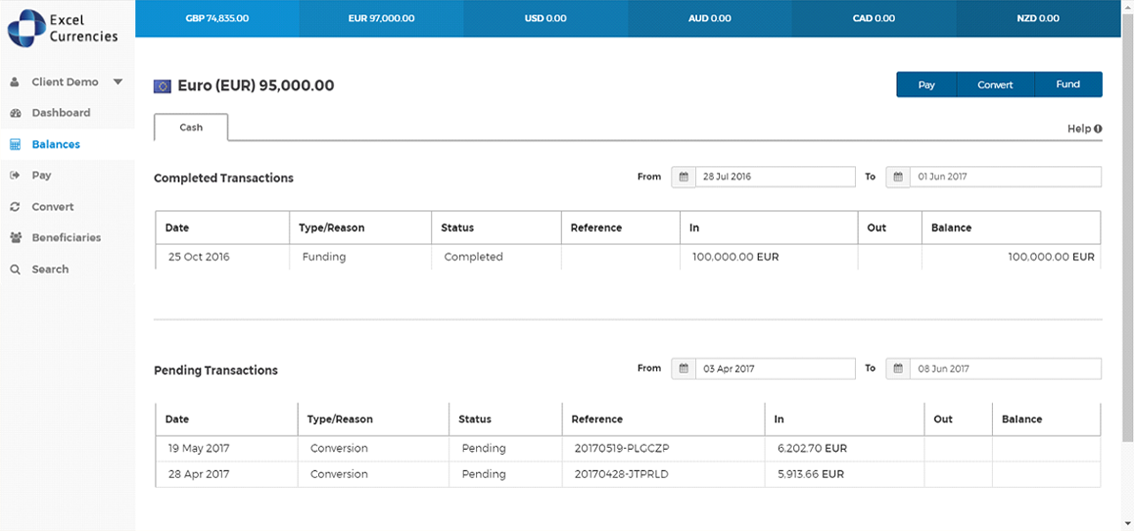Our accounting partner lifts the lid on exactly how to do it..
From time to time, business owners and contractors need to close their limited company. Whether this is for a short period or indefinitely, there are a few options on how to action this. The way you close the company depends on whether it can pay its bills or not. This is the difference between solvent and insolvent companies.
How to Close a Solvent Company
If the company can pay its bills (“solvent”) there are two options if you wish to permanently close the company. These include;
· applying to get the company struck off the Register of Companies, known as ‘dissolution’
· starting a members’ voluntary liquidation ‘MVL’
It is assumed that you have the agreement of your company’s directors and shareholders to close the limited company and it has enough assets to discharge its liabilities.
Dissolution: How to strike off your limited company from the Companies Register
You can close down your limited company by getting it ‘struck off’ the Companies Register. This is also known as ‘dissolving’ your company.
Dissolution is suitable if you have made the decision that you are no longer interested in trading through your limited company or you opened it for a particular purpose which has now been fulfilled. Striking it off is often the easiest thing to do if you have no intention of any further trading through your company and there is a cash surplus.
You can only strike off your company if it:
- has not traded or sold off any stock in the last 3 months
- has not changed names in the last 3 months
- is not threatened with liquidation
- has no agreements with creditors, for example a Company Voluntary Arrangement (CVA)
Dissolution is only an option if the capital gain released is less than £25,000.
Before you strike off your limited company, it’s important to take these steps to ensure you have followed the correct process;
- Tell any interested parties and HMRC of your plans to strike off your limited company.
- Settle all outstanding debts and deals with the sale or transfer of ownership of business assets.
- Prepare cessation accounts and file your final tax returns
- Deal with your employees according to the rules, this covers notification, redundancy management and salary payments.
To dissolve a limited company, you must submit a DS01 form to strike off your company from the register, this needs to then be signed by all directors and sent to Companies House. You must also send copies to shareholders, creditors, and employees within 7 days of submitting this form. If no objectives have been made, your company will be dissolved within two months of submission. The cost of striking off is £10, and the payment of this cannot come from the company.
What happens next?
When dissolving a company, you will remove it from the register at Companies House, resulting in its termination. Once the company has been struck off, it is no longer allowed to engage in trading or conduct any business activities under its name.
In the event of assets remaining within the company upon its strike off, they will be transferred to the crown as property. Hence, it is crucial to ensure that all assets, including cash, have been transferred to the shareholders' ownership prior to submitting the DS01 form.
Members' Voluntary Liquidation (MVL): How to liquidate your limited company
For most directors, Members' Voluntary Liquidation (MVL) is the most tax-efficient approach as it allows shareholders to receive the value of the company without incurring income tax or capital gains tax.
To initiate the process of Members' Voluntary Liquidation, the following steps need to be completed:
1. A declaration of solvency must be signed by the majority of directors (75%).
2. Shareholders must pass a resolution to voluntarily wind up the company.
3. Within14 days, the resolution must be published in The Gazette.
4. An authorised insolvency practitioner needs to be appointed as the liquidator, responsible for overseeing the winding up of the company. Once appointed, the liquidator assumes control of the limited company.
5. Within15 days of passing the resolution, you must inform Companies House about the decision.
Is MVL right for my company?
If your business is financially capable of settling its debts and obligations, Members' Voluntary Liquidation (also referred to as solvent liquidation) may be suitable. It is commonly regarded as the preferred option when the company holds funds exceeding £25,000 that are no longer required.
For instance, directors of a limited company who are planning to retire or whose company is no longer operating efficiently from a tax perspective may opt for MVL. Although this method is sometimes viewed as more intricate, many directors consider the tax-saving benefits to outweigh the potential complexities.
How to Close an Insolvent Company
When we talk about insolvency, we're referring to a situation where your company finds itself in a bit of a financial predicament. The signs of insolvency may manifest in various forms, such as an inadequate cash flow to meet obligations, an abundance of liabilities outweighing the assets, or the ever-pressing weight of creditors looming over your business.
Now, if your company happens to fall into the realm of insolvency, you might be contemplating the best course of action to take. There exist three pivotal tests that can assist in determining whether your company has reached the undesirable state of insolvency:
- The cash flow test – can your company pay its bills?
- The balance sheet test – does the company’s assets exceed liabilities?
- The legal action test – has any legal action been taken out against your company in excess of £750?
In short, if the company’s liabilities exceed its assets, it’s more than likely it will be considered insolvent.
Creditors' Voluntary Liquidation (CVL): How to close your company through winding up resolution
If your company is unable to pay its bills or if its liabilities surpass its assets, a Creditors 'Voluntary Liquidation (CVL) is necessary to close it. In order to proceed with a CVL, a company director must be appointed.
Prior to the closure of the company, the director must propose a meeting in which all shareholders are expected to participate. This meeting, referred to as a "winding-up resolution," requires the agreement of 75% of the shareholders. Once the decision has been reached, the resolution should be submitted to Companies House within 15 days and published in The Gazette within two weeks. Additionally, an authorised liquidator must be appointed.
To initiate the voluntary liquidation or winding up of your company, you can apply to Companies House.
How does dormancy differ?
When a limited company doesn't engage in any business operations or hasn't received any income for a specific duration, it is considered dormant. Prior to making your company dormant, it is important to ensure that all Corporation Tax obligations are fully settled. Additionally, you will still be required to submit an annual confirmation statement, annual accounts, and dormancy statements to HMRC.
Opting for dormant status for a limited company is advantageous if you plan to temporarily step away and return later. It is also common for new directors of limited companies to establish their business before they are ready to commence trading. However, it's important to note that there are still certain administrative responsibilities associated with this status.
What are my responsibilities when I close my limited company?
Limited company closure is not always straightforward, and there are a few other things you will need to consider:
Deregistering for VAT
If you’re VAT registered, you will need to complete a VAT form 7 to inform HMRC of your decision to deregister your company.
Corporation Tax
If you don’t inform HMRC that you have ceased trading, it’s possible that you may still be served reminders to pay your company’s Corporation Tax.
Capital gains responsibilities
If you have been working through your own limited company, your company likely owns some of the equipment you purchased. If you close your company, you will need to sell these assets or transfer the ownership to yourself, accounting for the sale at market value. You will need to account for the capital gain released to you on the closure of your company on your self-assessment tax return.

 Twitter
Twitter Facebook
Facebook linkedin
linkedin Google
Google








